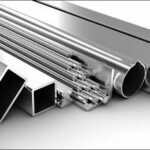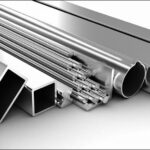Following the principle of “you get what you pay for,” it might seem that stainless steel 316 is superior to stainless steel 304. However, what truly matters is what suits your needs best. While stainless steel 316 is excellent, using it for household items is essentially a “trap.”
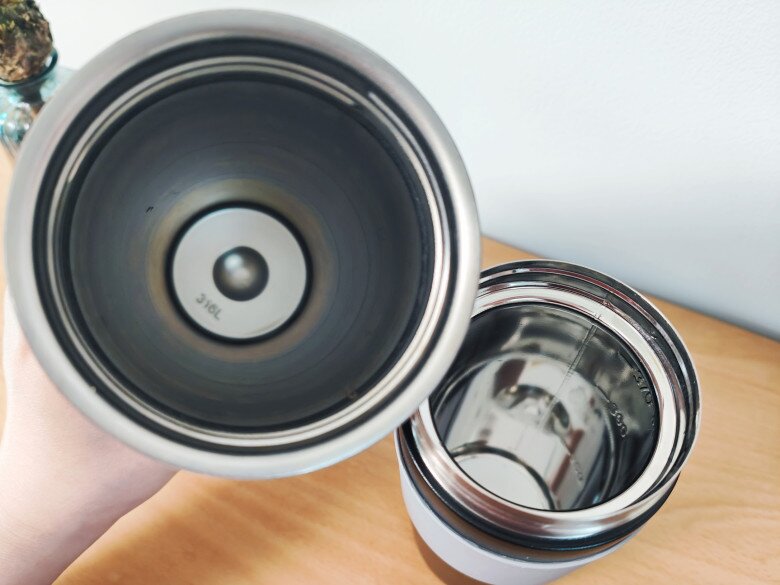
The Difference Between Stainless Steel 304 and 316
Stainless steel is an alloy, meaning it’s a metal created by combining multiple elements. It’s not a pure metal like iron, copper, or aluminum, but rather a human-engineered material designed to achieve specific properties.
Stainless steel 304 primarily consists of iron, chromium, and nickel. Stainless steel 316 contains these elements as well, but includes an additional special element: molybdenum (Mo).
This molybdenum is the key difference between stainless steel 304 and 316. Molybdenum is a precious metal with a high cost, and it’s the reason stainless steel 316 offers two significant benefits, which also make it more expensive than stainless steel 304.
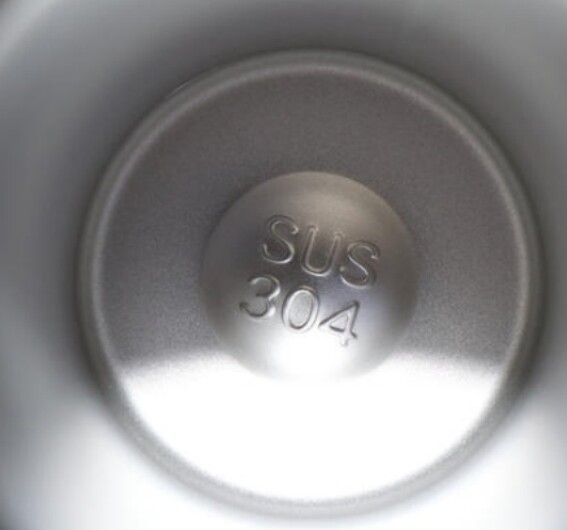
Advantages of Stainless Steel 316
– Biocompatibility (Less Allergenic)
Let me use myself as an example. I have very sensitive skin that’s prone to allergies. When wearing a watch, I always check the material of the back casing. If it’s stainless steel 304, my wrist starts to turn red, itch, and develop rashes within half a day. That’s because I’m allergic to stainless steel 304.
Biocompatibility, or being less likely to cause allergies, is the first major advantage of stainless steel 316. Therefore, I must choose watches with a back casing made of stainless steel 316, which causes no issues at all.
Additionally, in medicine, materials like surgical knives and bone screws must use stainless steel 316 because it doesn’t react with the human body.
– Superior Corrosion Resistance
Most sellers claim that stainless steel 316 resists corrosion better than stainless steel 304. This is true, but it’s important to understand the conditions under which this applies. Stainless steel 316 only outperforms stainless steel 304 in durability in two scenarios.
First, in high-temperature environments (above 300°C). In the chemical industry, stainless steel often comes into contact with high temperatures, so stainless steel 316 is preferred. The food industry sometimes uses stainless steel 316 to avoid corrosion from hot steam, high-temperature sterilization, or fermentation processes at high temperatures.
Second, in environments with high chlorine levels (above 1.9%). Therefore, equipment used in marine or seawater environments prioritizes stainless steel 316. Seawater contains many chlorine ions, one of the biggest “enemies” of stainless steel, causing severe corrosion if the wrong type is used.
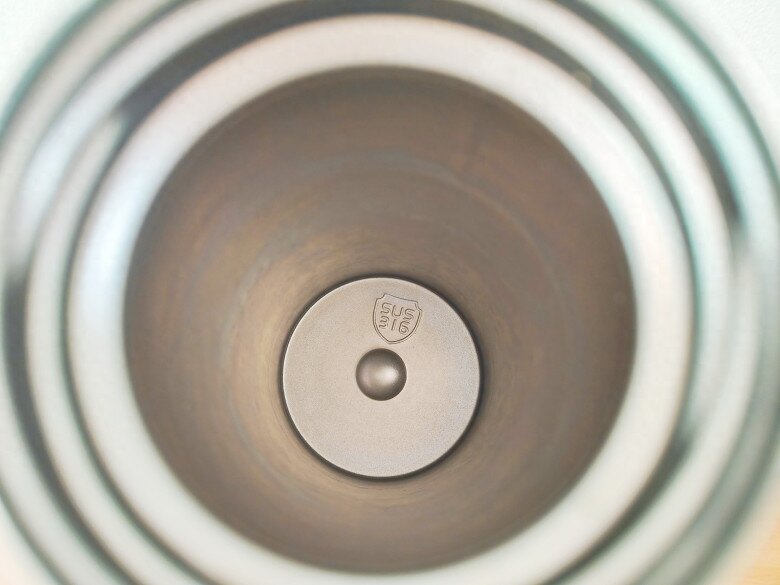
The Truth About Stainless Steel 316
Stainless steel 316 is indeed excellent, and it’s also… expensive. So why do I call it a “trap”? Because those “excellent” features are actually unnecessary for household items or daily use.
– Less Allergenic: Do We Need It?
Except for cases like mine, where someone is allergic to metals when wearing a watch, how many people are in direct and prolonged contact with stainless steel all day?
In everyday life, there are almost no situations where stainless steel touches the skin for extended periods.
– High Heat Resistance: What’s It For in the Kitchen?
In households, we never encounter temperatures above 300°C like in industrial settings.
Boiling water reaches a maximum of 100°C, frying oil at most 240°C, and no one puts a stainless steel container into hot oil for frying. So what’s the point of stainless steel 316’s high heat resistance?
– Corrosion Resistance in High-Chlorine Environments: Who Soaks Stainless Steel in Seawater?
We don’t live offshore or on ships. Who would soak stainless steel items in saltwater all day?
Even if there’s contact with salt, it’s brief. Salt alone isn’t enough to corrode stainless steel. Corrosion requires both salt and acid simultaneously, a condition that rarely occurs in daily life.
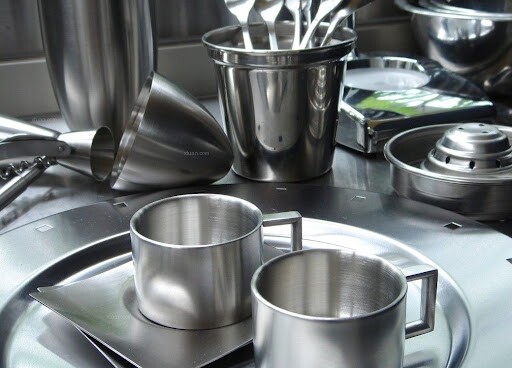
What Do We Really Need from Stainless Steel?
What consumers truly need is stainless steel that can withstand mildly acidic environments. For example, storing milk or carbonated drinks in a thermos, or using stainless steel to hold acidic foods like sour soup, fish sauce, or lemon juice. In these cases, both stainless steel 304 and 316 are suitable, as they don’t corrode and are safe.
In summary, stainless steel 316 may be a “premium” choice, but in daily life, it offers no significant advantage over stainless steel 304. Therefore, spending extra on stainless steel 316 for household items is often just paying for belief rather than actual need.
Are stainless steel 304 and 316 truly “food-grade stainless steel”? In reality, not all stainless steel 304 or 316 is automatically food-grade.
To be used in the food industry, stainless steel must be corrosion-resistant (both 304 and 316 qualify), ensure safe and clean components without toxic substances, and comply with national standards.
What is Stainless Steel? How to Distinguish Common Stainless Steel Types.
Introducing Inox – the versatile material that’s making its way into our everyday lives. With its sleek and modern appeal, Inox has become a familiar sight, crafting everything from essential household items to industrial essentials. Its durability and sleek finish make it the go-to choice for a wide range of applications, ensuring it’s a material that’s here to stay.
What is Stainless Steel? How to Distinguish Common Types of Stainless Steel.
Introducing Inox – the versatile material of choice for a myriad of applications. With its superior qualities, Inox has become a household name, renowned for its durability and sleek aesthetic. Crafted from the finest materials and designed to perfection, Inox delivers an unparalleled experience, ensuring longevity and style in equal measure.

























